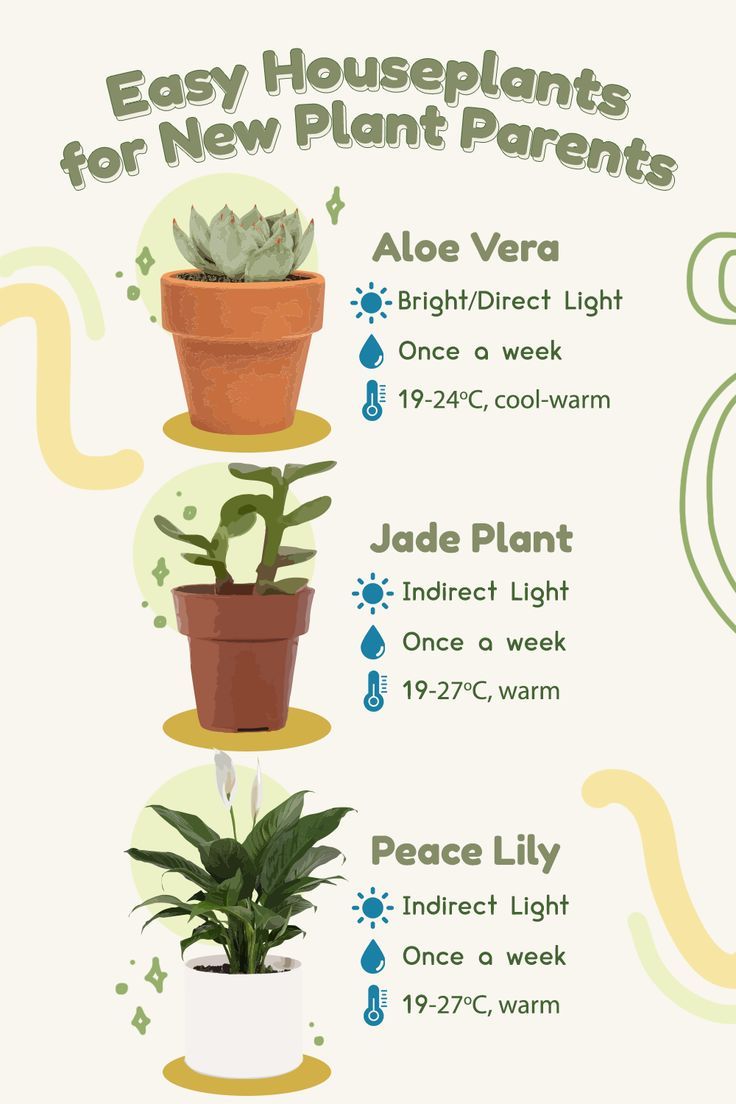Embarking on a journey as a plant parent can be both exciting and overwhelming. With the plethora of Instagram-worthy plant setups, it’s easy to assume it's all sunshine and rainbows. However, many beginners unknowingly make missteps that can hinder their green friends' growth. Did you know that overwatering is the leading cause of houseplant demise, according to horticulture experts? Fear not! This guide will walk you through the top mistakes to avoid, ensuring your indoor jungle thrives. Whether you’re just starting or looking to improve your plant care skills, these insights will transform your plant-parenting journey.
1. Overwatering Woes

Overwatering is the arch-nemesis of newbie plant parents. It's common to equate care with watering, but too much love can drown your plants. Always check if the top inch of soil is dry before watering. Invest in a moisture meter to avoid guesswork. Remember, different plants have different needs—get to know yours!
2. Ignoring Light Needs

Plants thrive on sunlight, but not all need the same amount. Placing a shade-loving plant in direct sun can scorch its leaves, while a sun-loving plant in a dim room will struggle. Research your plant’s lighting requirements to find their perfect spot. Rotate them occasionally to maintain even growth.
3. Forgetting Humidity

Tropical plants often suffer in dry indoor air. Boost humidity by misting them, using a pebble tray, or placing a humidifier nearby. Each plant has its humidity preference, so tailor your approach accordingly. Failing to do so might leave your plants parched and unwell.
4. Wrong Pot Size
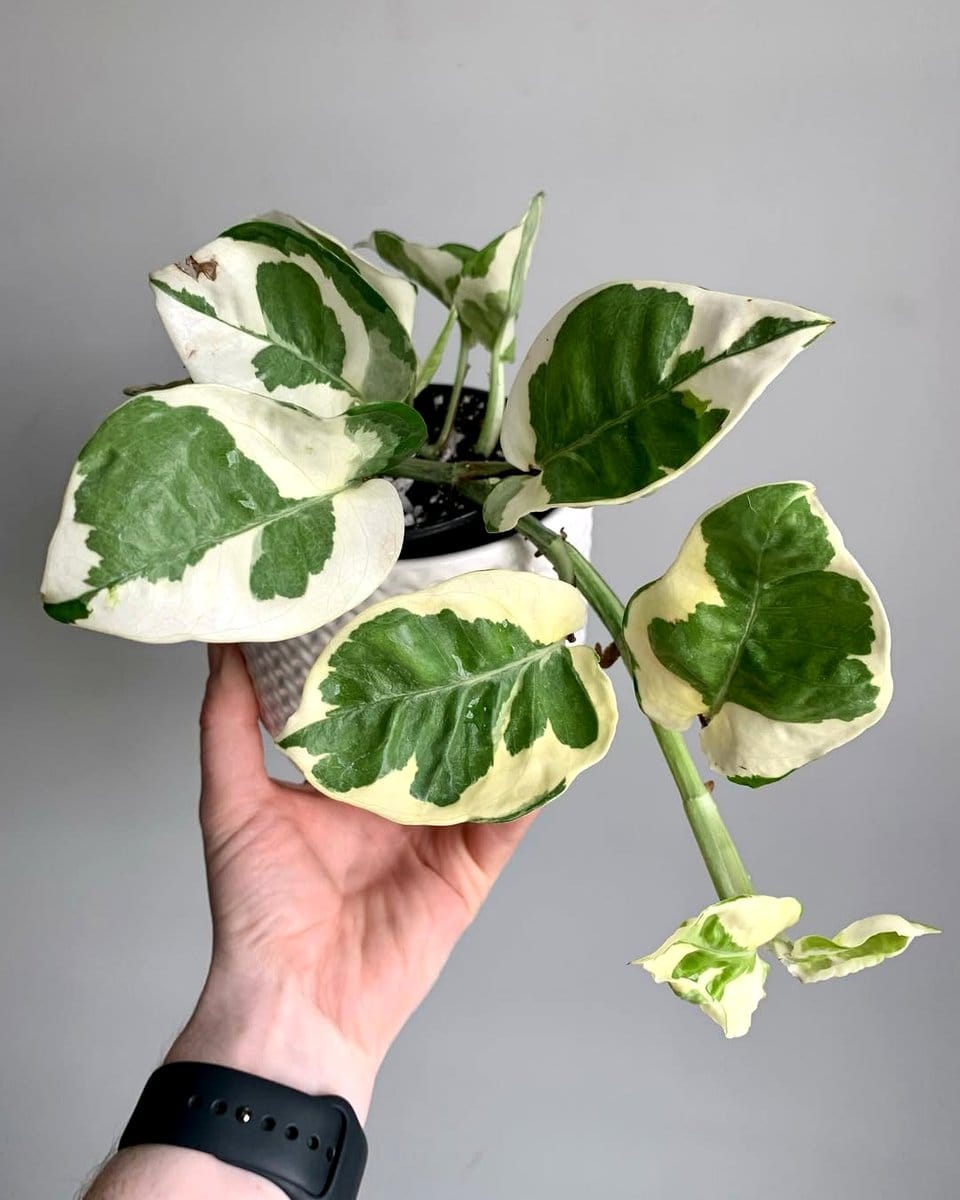
Choosing the right pot size is crucial. An oversized pot can lead to waterlogging, while a too-small pot restricts growth. Opt for pots that allow room for growth but aren’t overwhelmingly large. Ensure they have drainage holes to prevent root rot.
5. Neglecting Soil Quality

Not all soil is created equal. Using garden soil for houseplants can suffocate roots. Instead, select a high-quality potting mix suited to your plant's needs. Specialized mixes for cacti, succulents, or orchids can make a significant difference in plant health.
6. Skipping Fertilization

Fertilizing is often overlooked, yet it’s vital for robust growth. Use a balanced liquid fertilizer during the growing season—spring and summer. Follow the instructions carefully, as too much can harm your plants. Consistent feeding ensures your plants have the nutrients they need.
7. Rotating Plants Too Often

While rotation can promote even growth, doing it too frequently can stress plants. Allow them to acclimate to their environment before you change their position. A gentle monthly turn should suffice to keep them balanced and healthy.
8. Forgetting About Pests

Indoor plants aren't immune to pests. Regularly inspect your plants for signs of trouble like webbing or sticky residue. If pests are present, treat promptly with organic solutions like neem oil. Catching infestations early is key to preventing damage.
9. Not Pruning Regularly

Pruning helps maintain plant shape and encourages new growth. Remove dead or yellowing leaves promptly. For bushier plants, pinch back new growth occasionally. Regular pruning keeps your plants looking their best and promotes healthy development.
10. Overlooking Seasonal Changes

Plants have different needs across seasons. In winter, they often require less water and no fertilization. Adjust your care routine to reflect seasonal changes. This ensures your plants remain happy and healthy year-round.
11. Not Cleaning Leaves

Dusty leaves can hinder a plant’s ability to photosynthesize. Clean them gently with a damp cloth or give them a shower to remove dust buildup. This also discourages pests and keeps your plants looking vibrant and healthy.
12. Planting in Non-Draining Pots

Pots without drainage holes can lead to root rot. If you love a non-draining pot, double pot your plant by placing it in a smaller pot with drainage first. This way, excess water can escape, keeping your plant’s roots healthy.
13. Overcrowding Plants

Space is crucial for airflow and growth. Avoid cramming too many plants together. This reduces the risk of disease and allows each plant to receive adequate light and air. Give your plants room to breathe and flourish.
14. Misidentifying Plant Species
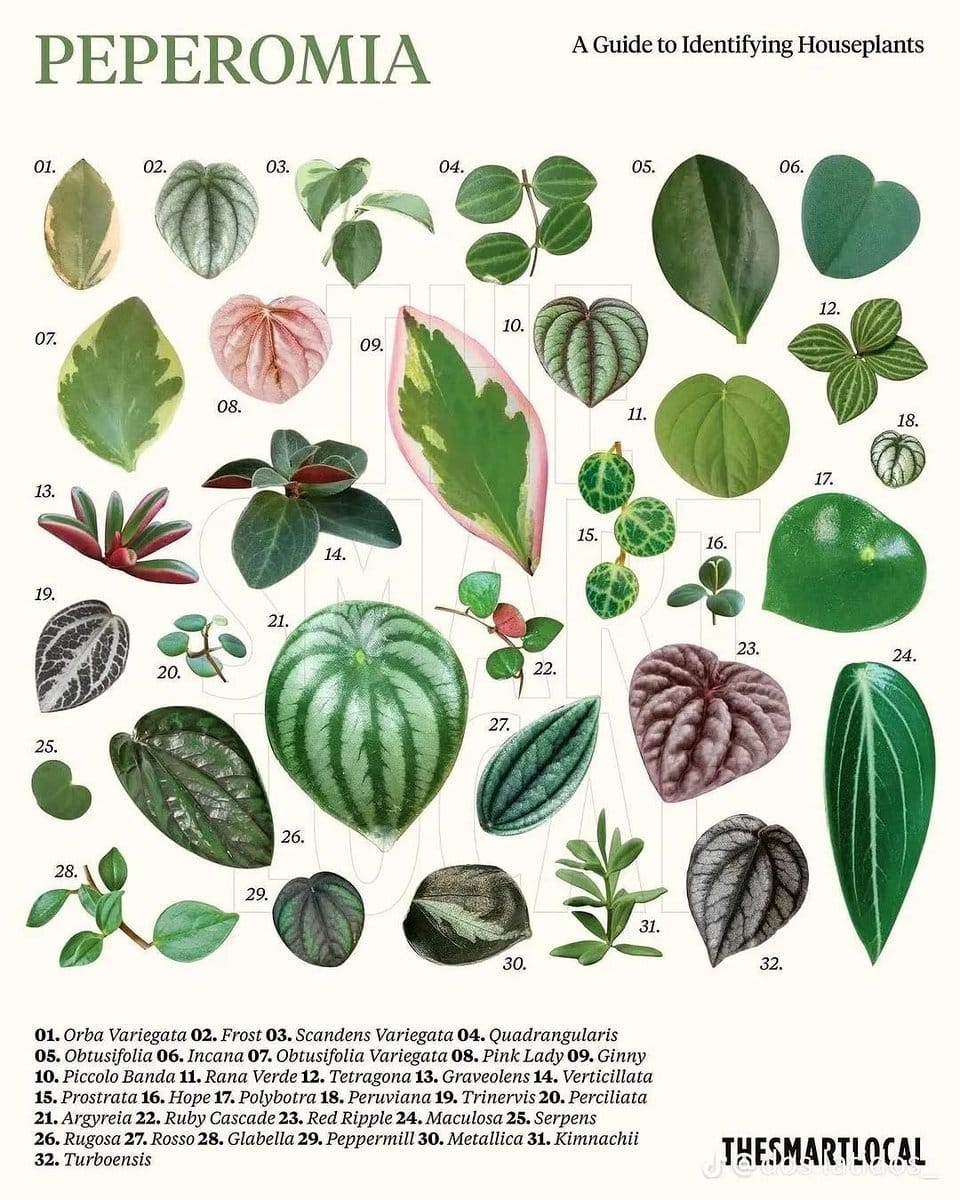
Knowing your plant’s species helps tailor care to its specific needs. Use apps or guides to identify your plants accurately. Understanding their natural habitat and growth patterns will guide you in providing the best care possible.
15. Ignoring Signs of Stress

Plants communicate through their leaves. Yellowing, browning, or drooping are distress signals. Don’t ignore these signs. Investigate potential causes such as watering issues or pests and adjust care accordingly to nurse your plant back to health.
16. Not Researching Plant Needs
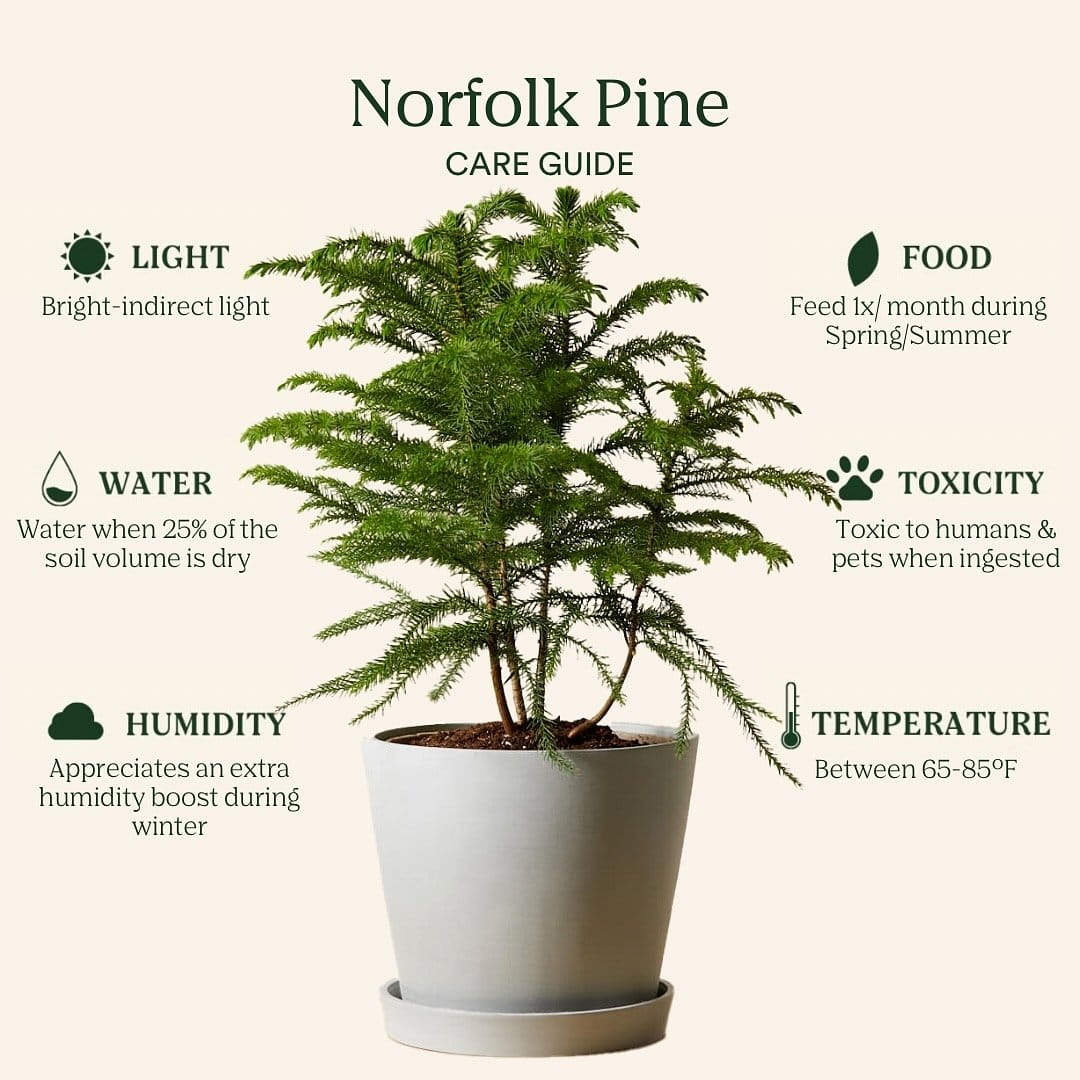
Before bringing a plant home, research its care requirements. Knowing its light, water, and soil needs will set you up for success. A little homework upfront can prevent future headaches and promote a flourishing plant collection.
17. Being Impatient
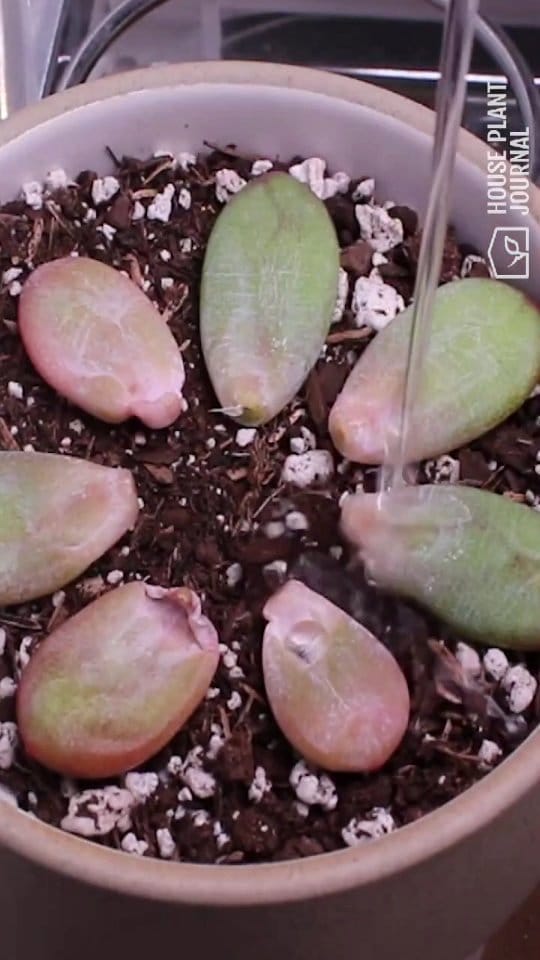
Plants grow at their own pace. Impatience can lead to over-fertilizing or excessive pruning. Enjoy the process and appreciate the small changes. Cultivating patience will enhance your plant parenting experience and result in healthier plants.
Final Thoughts
Becoming a successful plant parent is a journey that involves learning and adapting. By avoiding these common newbie mistakes, you’ll be well on your way to nurturing a thriving indoor garden. Remember, plants are resilient and forgiving. If you stumble, use it as a learning opportunity. Embrace the green-thumb adventure, and soon enough, you’ll see your plants flourish, adding beauty and tranquility to your space. Happy planting!
